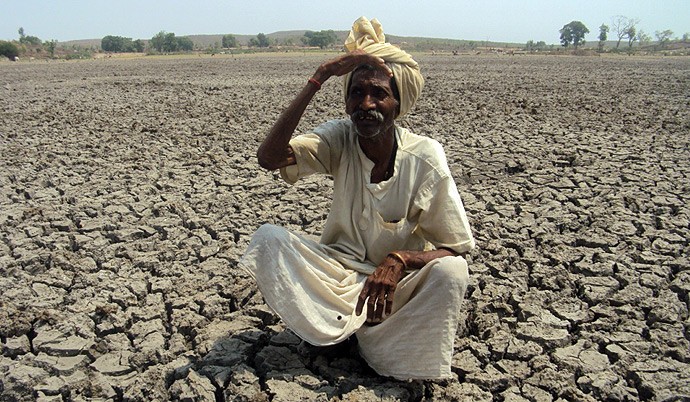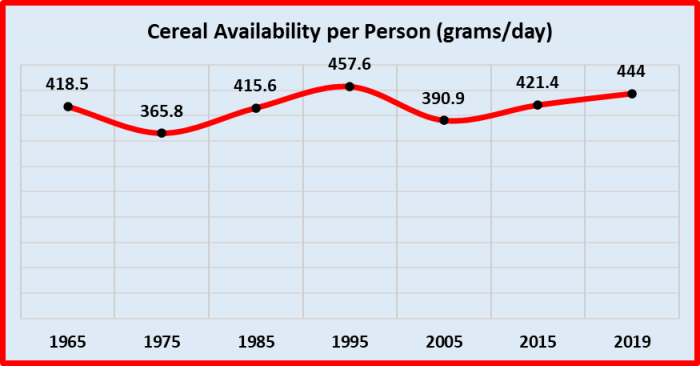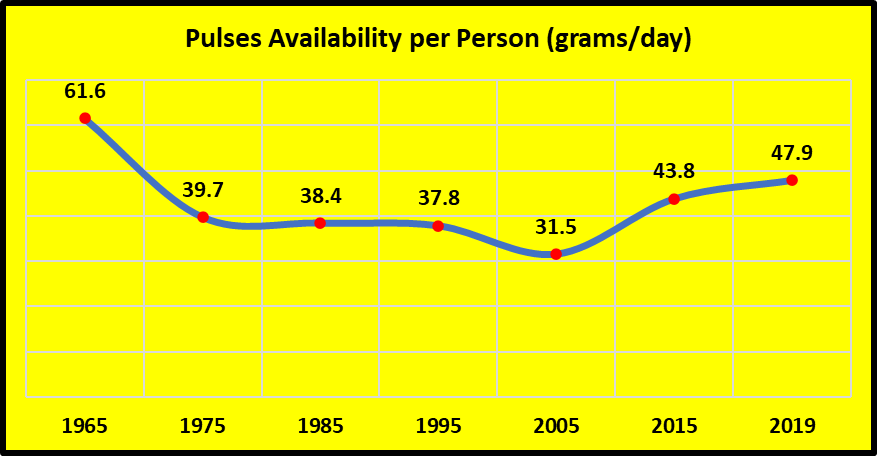Kisan Mitra Advisories are an attempt at effective utilisation of information and communication technologies in order to provide quality and timely support for knowledge extension for farmers. This will also strengthen the functioning of a pool of community resource persons (A possible knowledge network on alternative appropriate technologies) and rural entrepreneurs who can set up such resource centres. These resource centres will provide locally appropriate knowledge and sustainable agriculture practices.
The apps developed for various mobile platforms will help grassroot extension workers, community resource persons and farmers to directly access the information and grass roots workers to enhance their knowledge and skills. Among the many tools being developed one of the important one is to provide weather-market based crop advisories.
Current the project is under pilot in Vepada mandal of Vijayanagaram district and the proposal is to provide localised advisory services to the farmers based on the local observations and conditions. The farmers are part of the two farmer producer organisations in in Vepada mandal of Vijayanagaram district.
Haritha FPO: Sompuram, SKSR Puram, Dabbirajupeta, Jakeru, Singarai, Arigipalem, Boddam, Ramaswamypeta, Mukundapuram, Obulayyapalem, Paturu, KG Pudi,
Vepada Tribal FPO: Saravanipalem, kotayyagaruvu and pathuru
Centre for Sustainable Agriculture (CSA) provides extension support on the ecological agriculture (Organic/Natural farming/Sustainable Agriculture/Non Pesticidal Management), the advisories are based on biotic stress surveillance. The crop situation, pest and disease incidence will be locally monitored and advisories from department of agriculture and agriculture universities would be considered and based on which advisories are provided. Weather data is collected from the local automatic weather station established by CSA and also data from the department of agriculture and Indian Meteorological Department (IMD) and advisories are developed. The market information is collected from the local market yards on a weekly basis and state level prices are collected from AgMarket (Agricultural Marketing Department data) and agricultural university advisories.

- Situational analysis: Advisories based on localised situational analysis with an optimal frequency would be very useful for famers to reduce their risk and costs of production and improve their productivities and incomes. In this project localised situational analysis and developing advisories based on the situation and reaching it out to famers in a timely manner are key processes. For that biotic stresses, abiotic stresses and market situations would be monitored on a weekly basis.
- Biotic Stresses Surveillance and advisory: Regular monitoring at the village level to understand the kind of pest and disease build up species wise, number wise and abiotic stresses like drought, advise farmers for necessary action.
Insect Pests
- Insect pests are attracted to light, color and smell of pheromones. Using these characters a pest surveillance system with Light traps, sticky traps and pheromone traps is built at the village level.
- We follow fixed plot survey methods where different traps (based on the cropping pattern in the region) and the data is compiled to make assessment of the pest/disease situation and advisories are issued at the village level.

- The traps are based on the insect types. For examples more sucking pests are attracted to light and sticky traps, while borers are attacted to pheromone traps. Any automation of collecting the information will help to improve the prediction.
Plant Diseases
- Plant disease assessment is based on the survey done in identified fields to assess the disease severity.
- Incidence and severity: low (<20%), moderate (20-40%), high (40%<)
- Percentage of infection is calculated based on the following formula

- Individual farmers can also call on the 1800 120 3244 (toll free) or 08500 98 33 00 for advisory if they identify the problem, or
- For problem diagnosis take a picture and send to 08500983300 on whatsapp, or
- Use eKrishi Pestoscope app available on google play store or http://www.pestoscope.com to share problems. The advisory would be issued in a day from the experts

- Abiotic Stresses and advisory

Weather monitoring: The weather parameters – atmospheric temperature, humidity, rainfall, light intensity, through an automatic weather station which is weather proof, solar powered and has cellular connectivity. Daily update on weather parameters helps to monitor the abiotic stresses like drought, floods, hailstorms etc and make advisories. This information is also useful to access the crop insurance etc. Currently localized information is not available. Farmers will be given advisories based on the local weather and the data will also be used to build long term predictions. An automatic weather station is set up at SKSR Puram and provides data on all weather parameters.
- Market situation
Market Information is collected from local markets and also AgMarket on a weekly basis.
- Monitoring
The data coming from the field observations weather data, pest and diseases, will be plotted to understand the relationship between the three and crop management practices.
The long term data collection also helps to build predictions in terms of pest attacks, droughts etc and improve the preparedness of the people.
Example of how the data will plotted for monitoring and advisories



Similar mapping of market prices will help to developed localised understanding of market price fluctuations and the trends so that production choices can be modified.
Crop Advisories
Weekly advisories are issued at the cluster level based on the data coming from Weather stations, pest and disease survillience and market situationsis used to develop advisories for crop choices, irrigation and other crop management practices.
The advisories would be in the form of display at the FPO office (template enclosed) audio and text messages. After the message is sent, a sample of 50 farmers per month would be followed up to know the utility of the advisory and modifications would be done accordingly.








 Wheat farmer
Wheat farmer